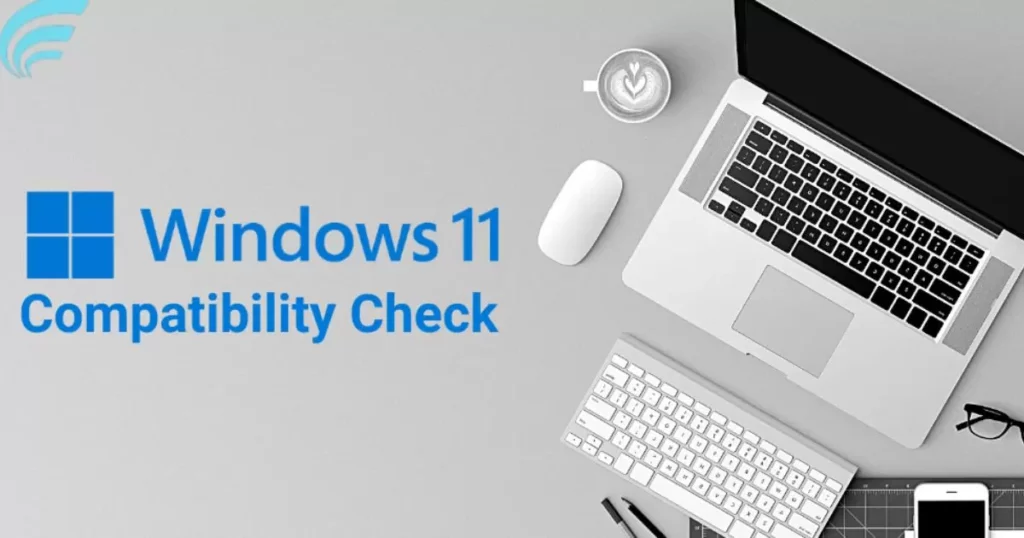The TDP of a laptop GPU tells you how much power it uses and how hot it gets. It’s like a limit that keeps your laptop from overheating. Understanding TDP helps you manage your laptop’s performance and temperature.
Discover the secret to supercharging your laptop’s performance: learn how to increase the TDP of your laptop GPU. Unleash hidden power and elevate your gaming and work experience today.
To boost your laptop’s GPU performance, you can increase its TDP. This involves allowing your GPU to use more power for better performance. You can adjust these settings in your laptop’s BIOS or use third-party software. However, be cautious to prevent overheating and potential warranty issues.
Check Your Laptop Compatibility

Checking your laptop’s compatibility is the first step in the process of increasing your laptop’s TDP. It’s like making sure your car can handle a faster engine. Here are some essential things to consider:
Laptop Model: Not all laptops support TDP adjustments, so it’s crucial to identify your laptop’s model and check if it allows such modifications. Some laptops have locked settings, while others are more flexible.
BIOS Settings: Access your laptop’s BIOS settings to look for TDP-related options. If you find these settings, it’s a good sign that you can make adjustments. However, proceed with caution and avoid excessive changes to prevent potential issues.
Warranty: Keep in mind that modifying TDP settings might void your laptop’s warranty, so weigh the benefits against the risks. If you’re unsure, it’s wise to consult your laptop manufacturer or an expert for guidance.
By ensuring your laptop is compatible with TDP adjustments, you’ll be better prepared to enhance your GPU’s performance without any unexpected surprises.
BIOS Settings
BIOS settings, or Basic Input/Output System settings, are like the control center of your computer. These settings determine how your laptop functions at a fundamental level, and they include options for managing the hardware, like your GPU.
When it comes to increasing the TDP of your laptop GPU, accessing the BIOS settings is often the first step. Here, you can find options related to power and performance settings. It’s important to proceed with caution when making changes, as going too far might lead to overheating or instability.
Always remember that not all laptops allow TDP adjustments in the BIOS, and altering these settings may void your warranty. It’s essential to check your laptop’s compatibility and ensure that you understand the implications of any changes you make to your BIOS settings to avoid potential issues.
Third-Party Software

Third-party software is like adding extra tools to your laptop. It’s not the software that comes with your laptop, but extra programs you can install. To increase the TDP of your laptop GPU, you can use these third-party tools.
MSI Afterburner and EVGA Precision X1 are two examples of third-party software. They allow you to tweak your GPU settings to boost performance. It’s important to download these tools from trustworthy sources to avoid any unwanted surprises. With third-party software, you can fine-tune your GPU’s power and get the most out of your laptop’s graphics performance.
Monitor Temperatures
Monitoring temperatures is a critical aspect of adjusting your laptop’s GPU TDP. This ensures that your laptop doesn’t overheat during increased power usage, which could lead to performance issues or even hardware damage.
Here’s a simple table outlining the temperature monitoring tools:
| Tool | Description |
| Built-in Software | Many laptops come with temperature monitoring tools in their control centers. Check your manufacturer’s software for this feature. |
| HWMonitor | A popular third-party tool that provides detailed temperature data Download it from a trusted source and install it on your laptop. |
| GPU-Z | Specifically designed for GPU monitoring, GPU-Z offers real-time temperature information and other GPU details. |
| MSI Afterburner | In addition to overclocking, MSI Afterburner can monitor your GPU’s temperature and give you valuable insights. |
| Core Temp | A straightforward tool that tracks CPU and GPU temperatures. Great for quick temperature checks. |
Using these tools, you can keep a close eye on your laptop’s temperature and ensure that any TDP adjustments you make stay within safe limits.
Benchmark Testing
After making TDP adjustments, benchmark your GPU to see if the changes positively impact performance. This step is essential not only for how to fix graphics card not compatible with Quest Link but also for assessing the overall improvement in your laptop’s performance. Popular benchmarking tools like 3DMark will help you evaluate your laptop’s performance before and after the modifications, ensuring a compatible and optimized experience for Quest Link and other applications.
Fine-Tuning

Fine-tuning is like finding the perfect balance for your laptop’s GPU performance. It means making small adjustments to the TDP settings to get the best results without overheating. It’s a trial-and-error process where you gradually increase the power limit to see how your laptop handles it.
The goal is to find the sweet spot where your GPU performs better, but your laptop stays cool and stable. Remember, it’s essential to be patient and cautious during this process, as going too far with the adjustments can lead to problems. Always prioritize the safety and health of your laptop while fine-tuning its TDP settings.
Stability and Safety
Stability and safety are crucial when dealing with your laptop’s GPU TDP. Keeping your laptop stable ensures it runs smoothly without crashes or errors. Safety is equally important because pushing your GPU too hard can lead to overheating or even permanent damage.
To maintain stability, remember to make gradual TDP adjustments, avoiding extreme changes that might strain your laptop. Always be prepared to revert to default settings if any issues arise, ensuring your laptop’s long-term health.
Prioritizing safety over extreme performance gains will keep your laptop running smoothly and protect your investment. So, be cautious and monitor your laptop’s temperature while experimenting with TDP adjustments.
FAQs
Is increasing TDP safe for my laptop?
Increasing TDP can generate more heat and potentially void your warranty, so it’s not entirely risk-free. Be cautious, and monitor your laptop’s temperature.
Can I revert TDP settings to default?
Yes, you can always revert to the default TDP settings if you experience issues or simply want to return to the manufacturer’s specifications.
Will increasing TDP significantly boost my laptop’s performance?
The impact on performance can vary. Some laptops may see substantial improvements, while others may see minimal gains. It depends on various factors.
Are there any alternatives to increasing TDP for better GPU performance?
Consider keeping your laptop clean and well-ventilated, as this can also help improve GPU performance.
Can increasing TDP damage my laptop?
While it’s not common, increasing TDP can potentially lead to overheating and, in rare cases, damage to your laptop. Always proceed with caution.
Conclusion
Understanding how to increase the TDP of your laptop’s GPU can open up new possibilities for a better computing experience. By adjusting the TDP settings, you can potentially unlock additional power and boost your GPU’s performance. It’s crucial to tread carefully. Overheating and warranty concerns are real issues that need to be addressed.
In your quest to elevate your laptop’s GPU capabilities, always prioritize the safety and longevity of your device. While these adjustments can yield exciting results, they should be made with caution. Remember to monitor temperatures, and if necessary, seek guidance from experienced users or professionals to make the most of your laptop’s potential without compromising its health.











